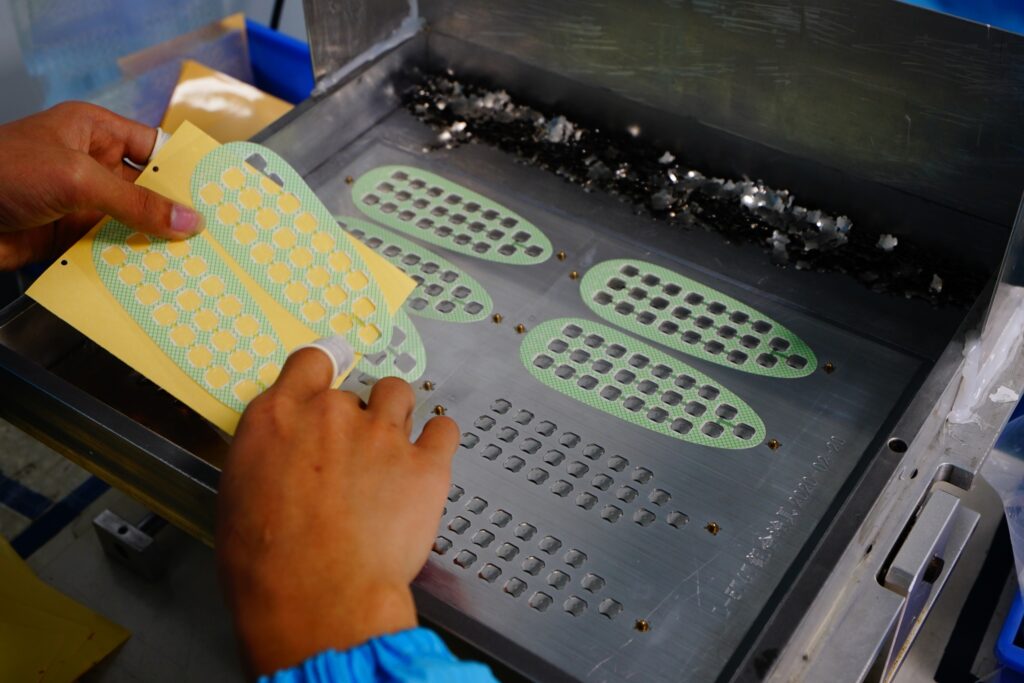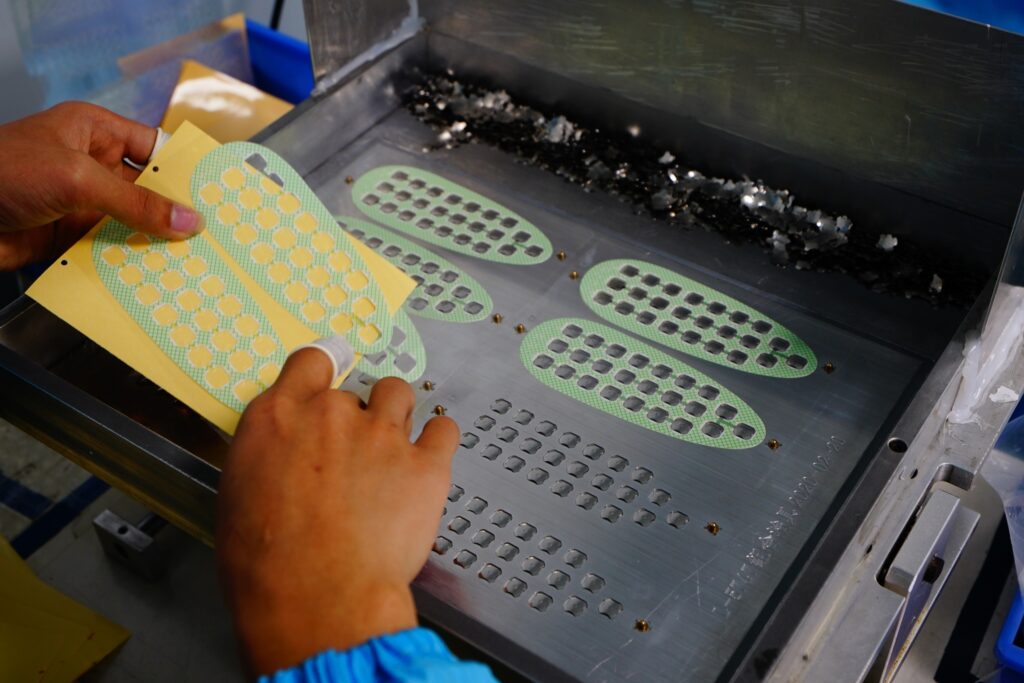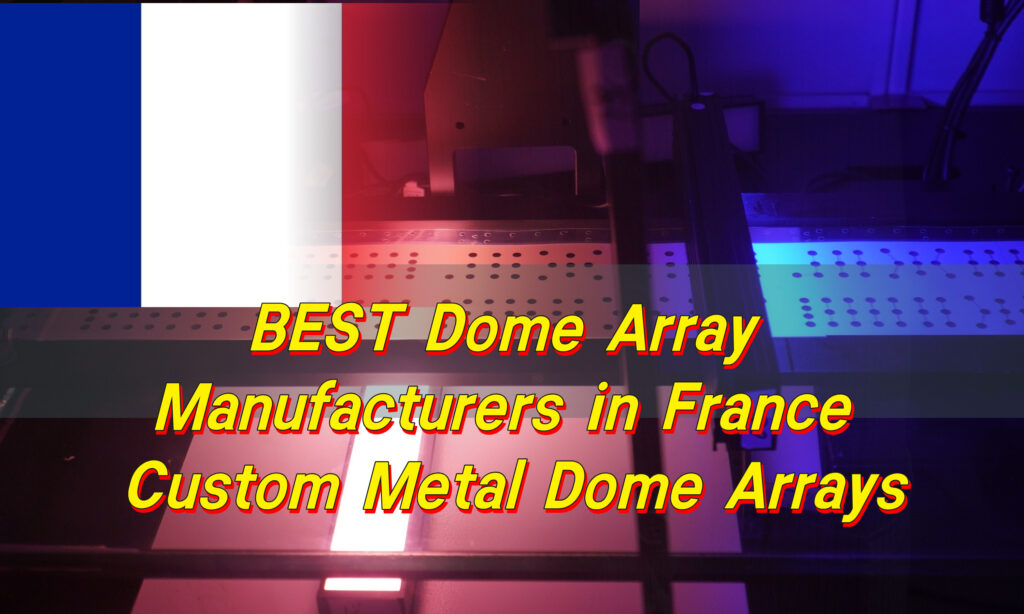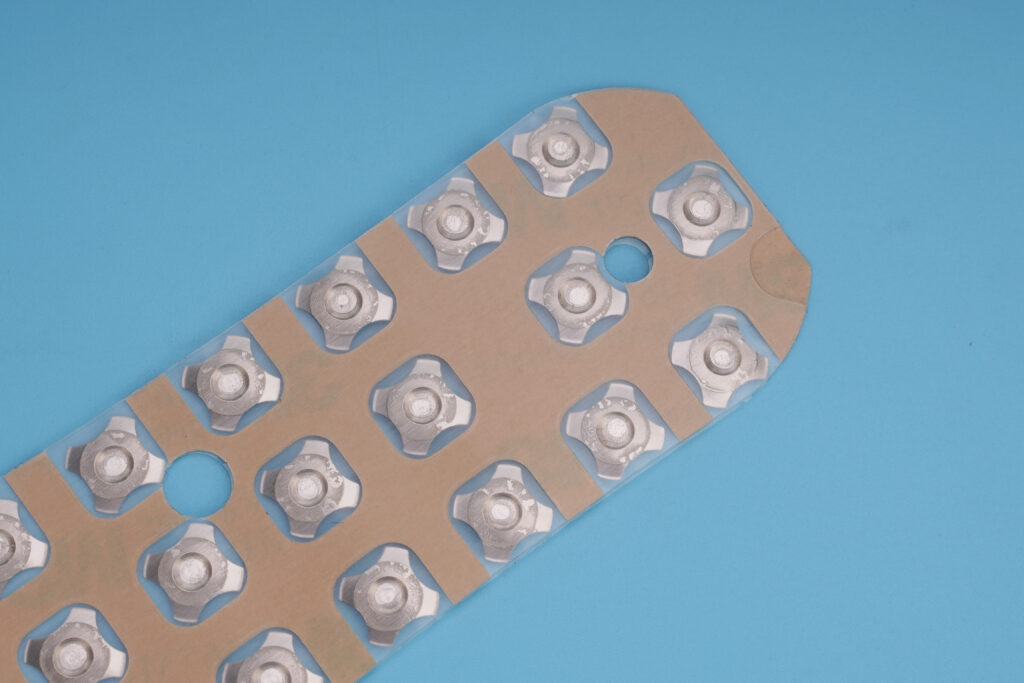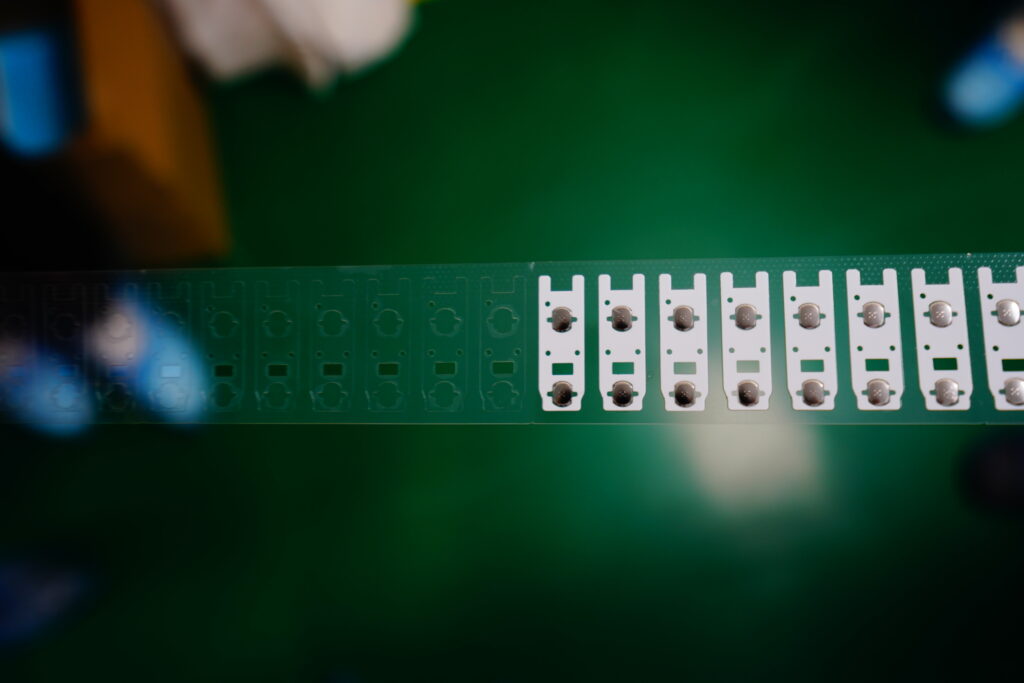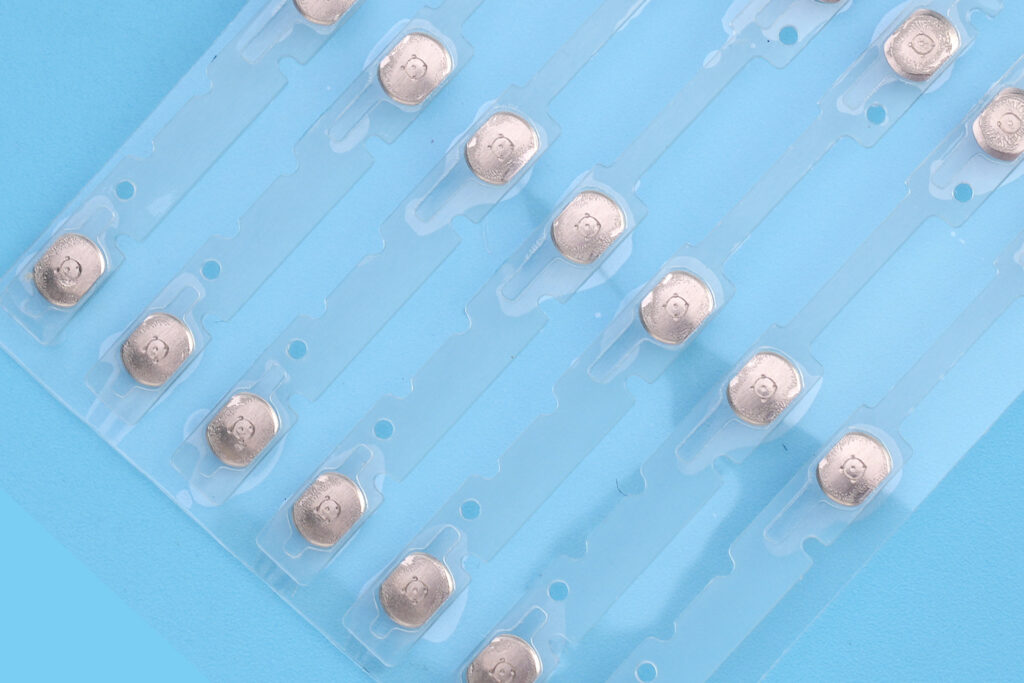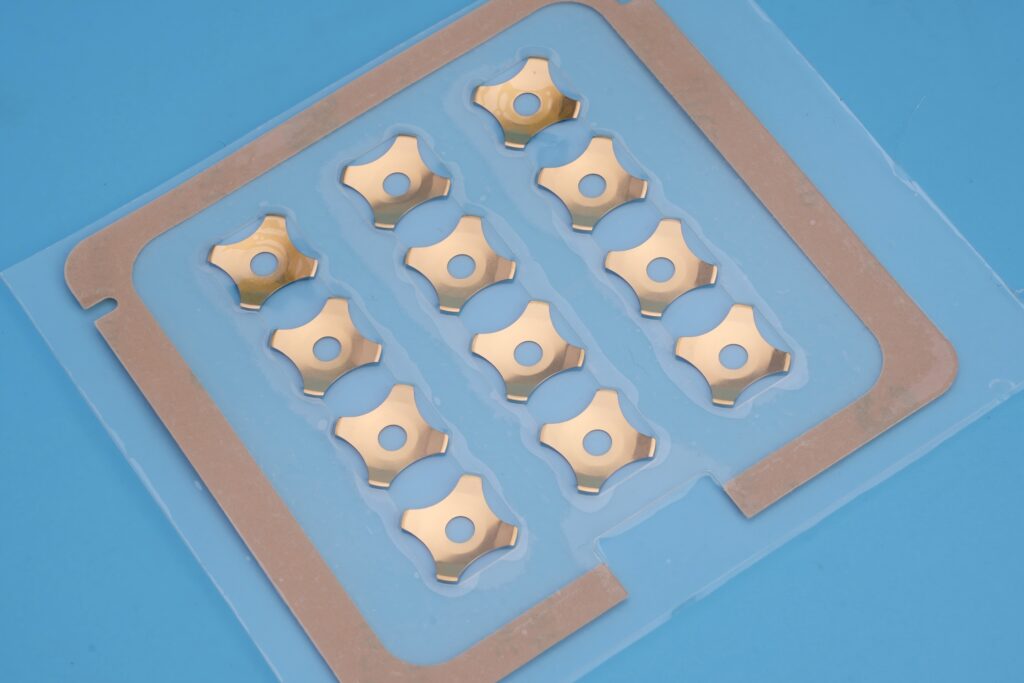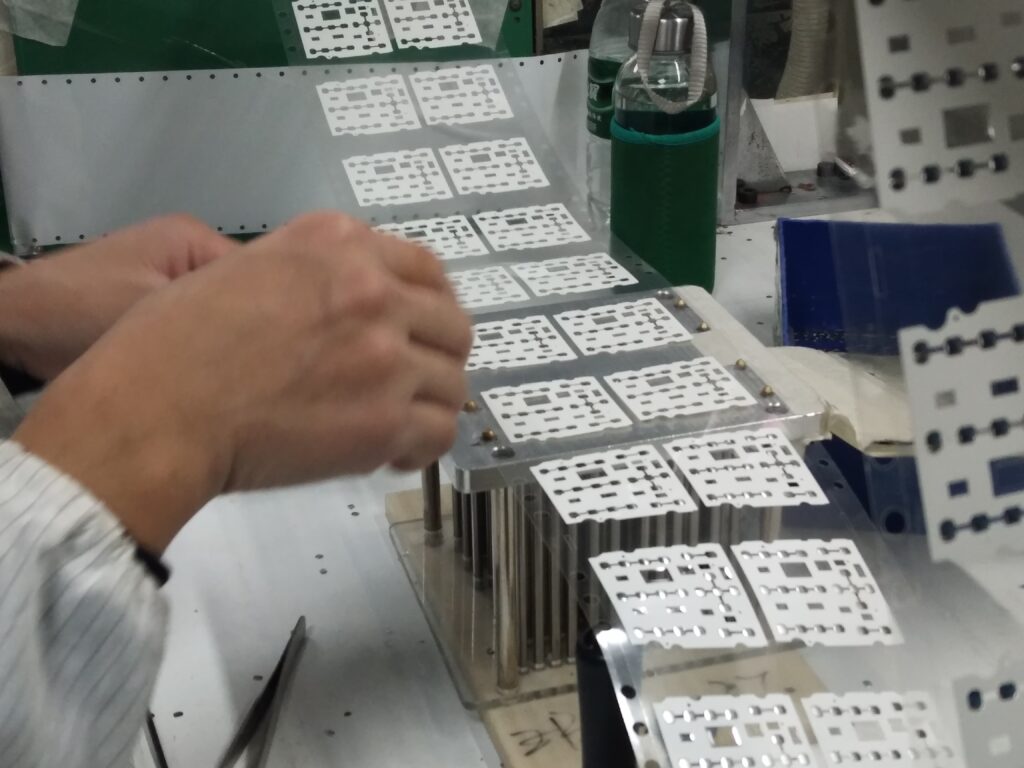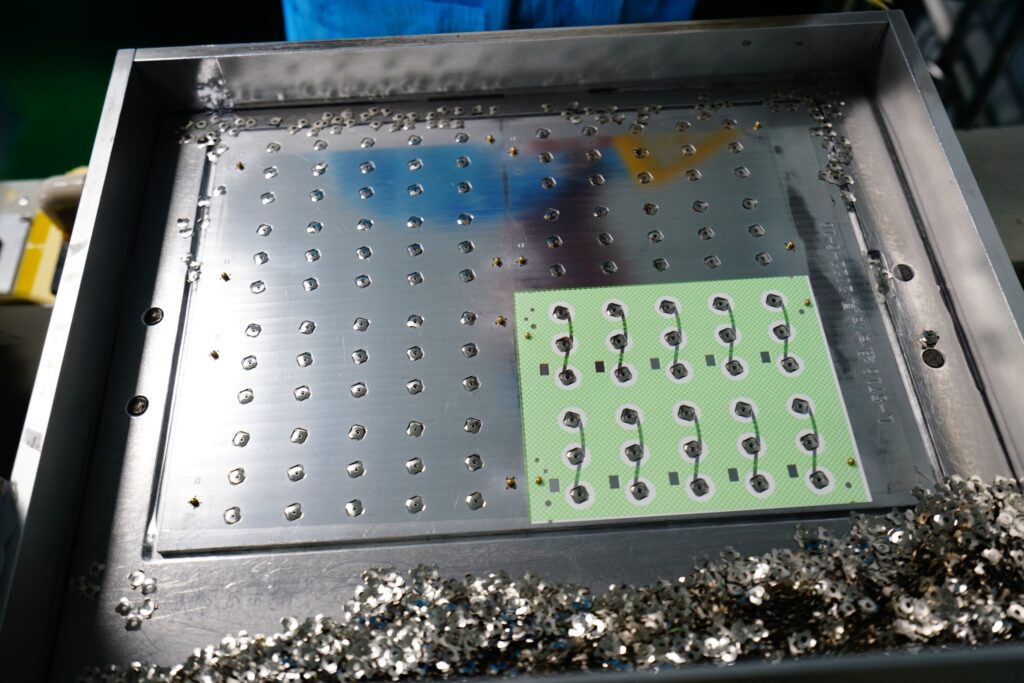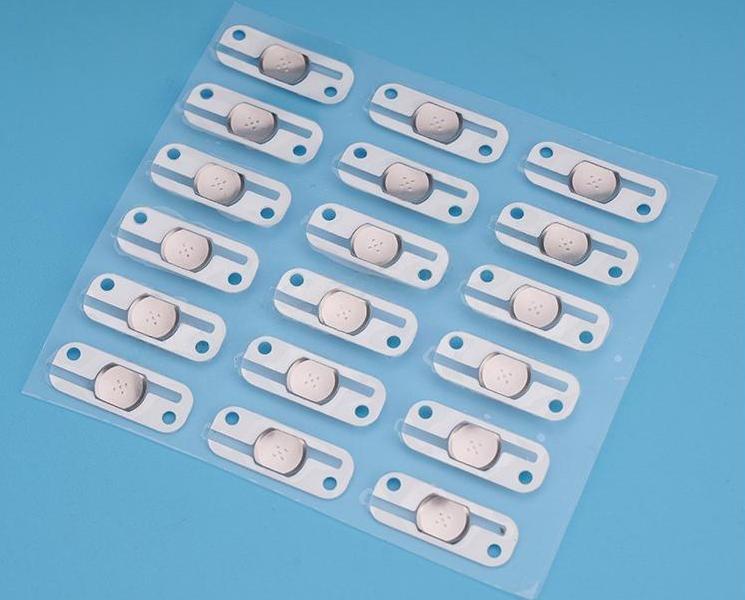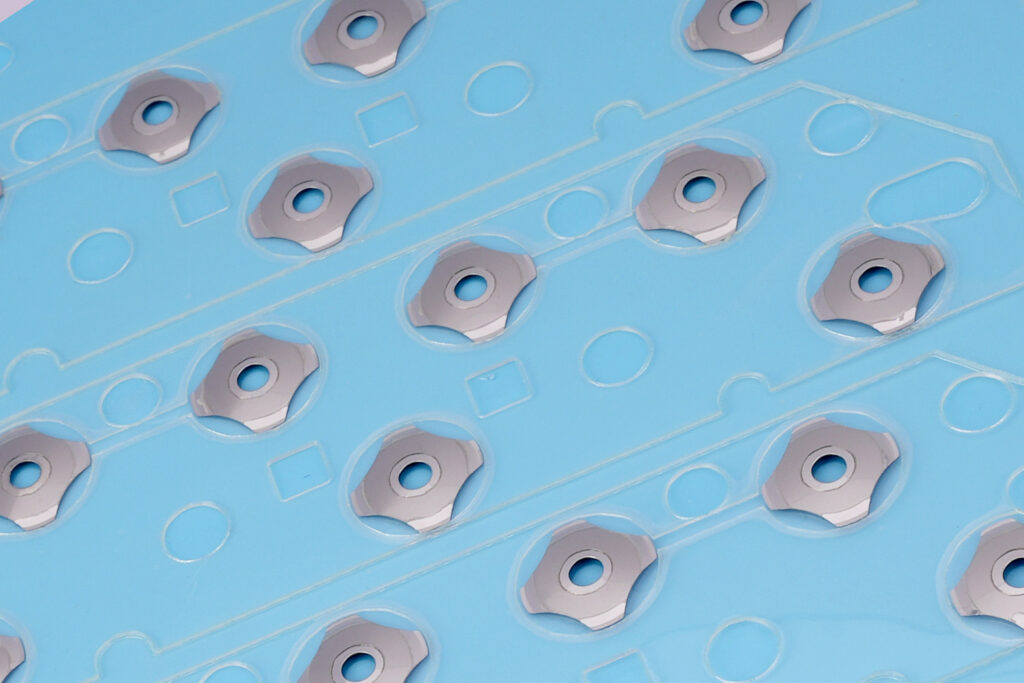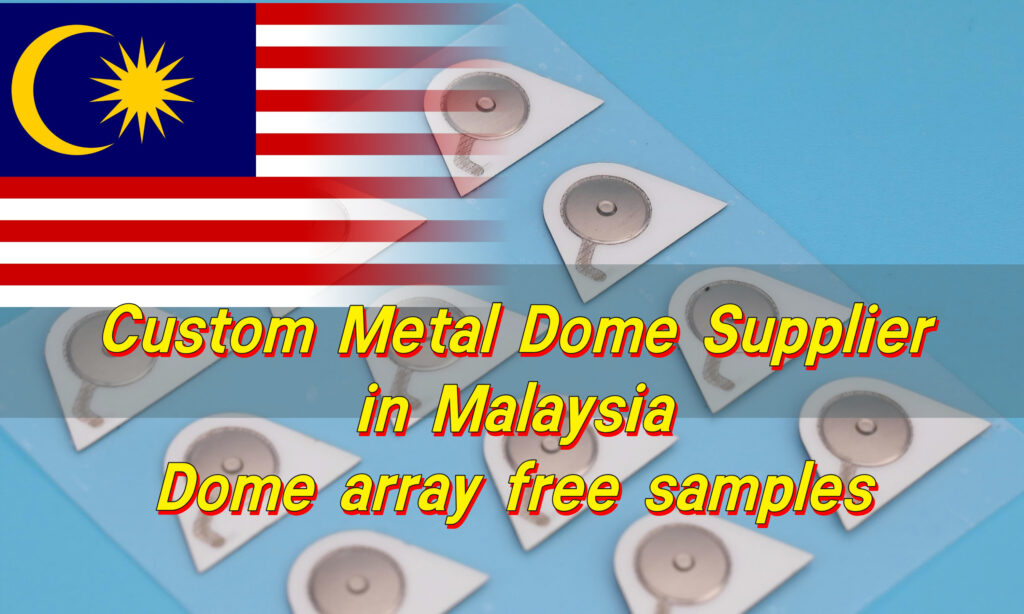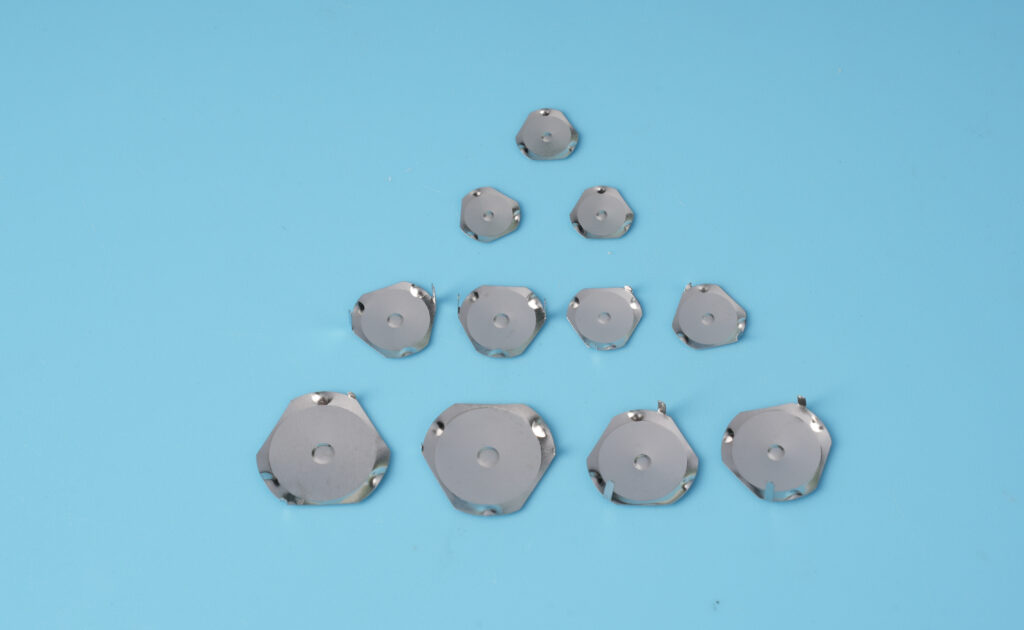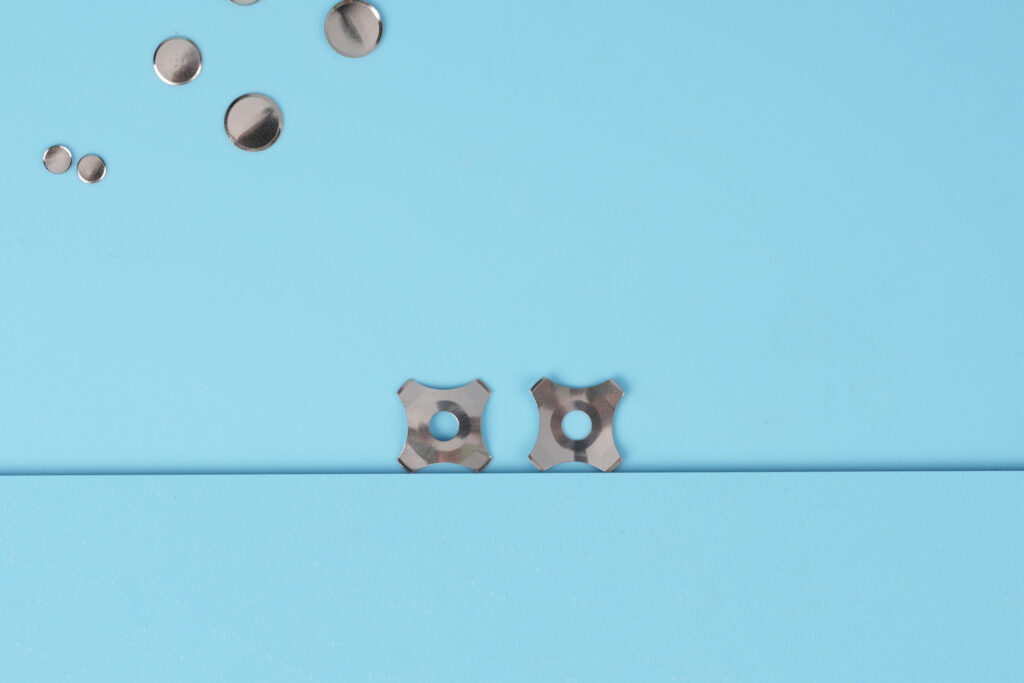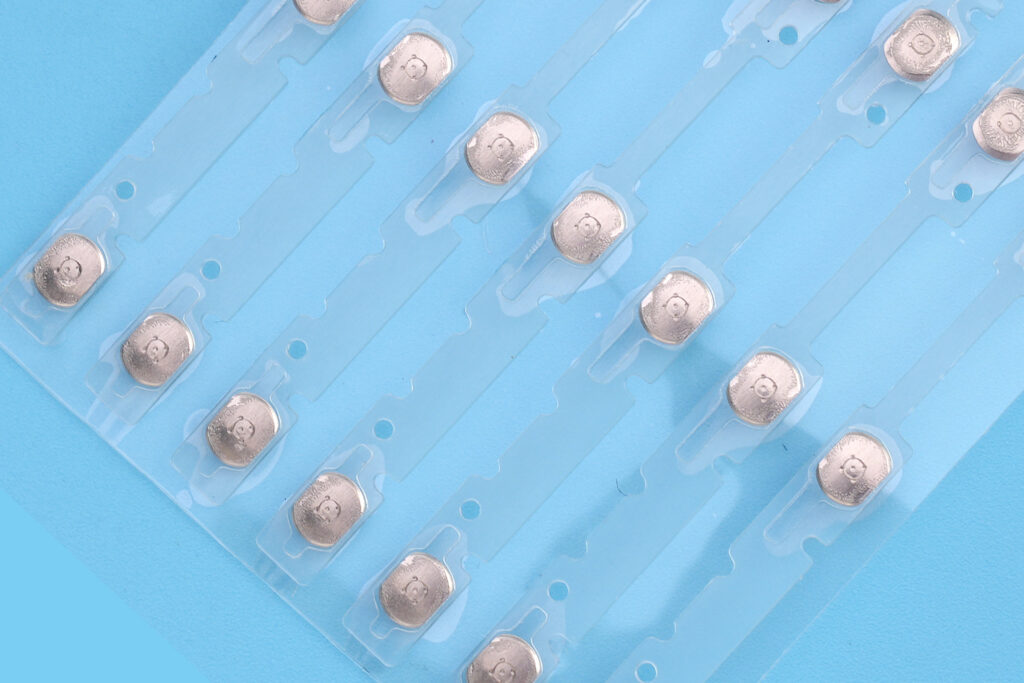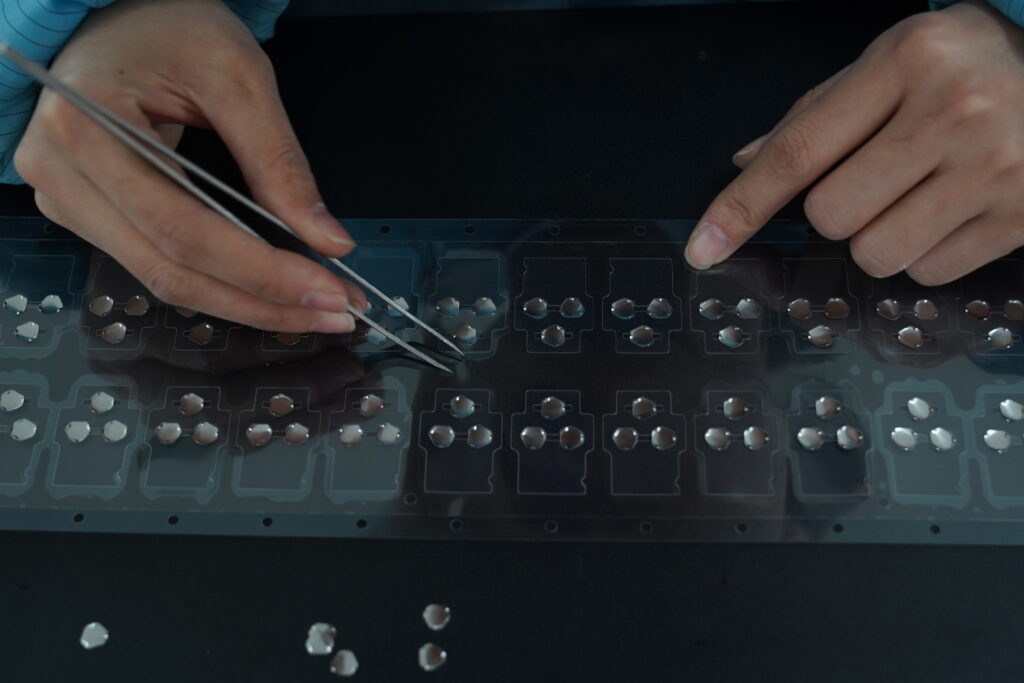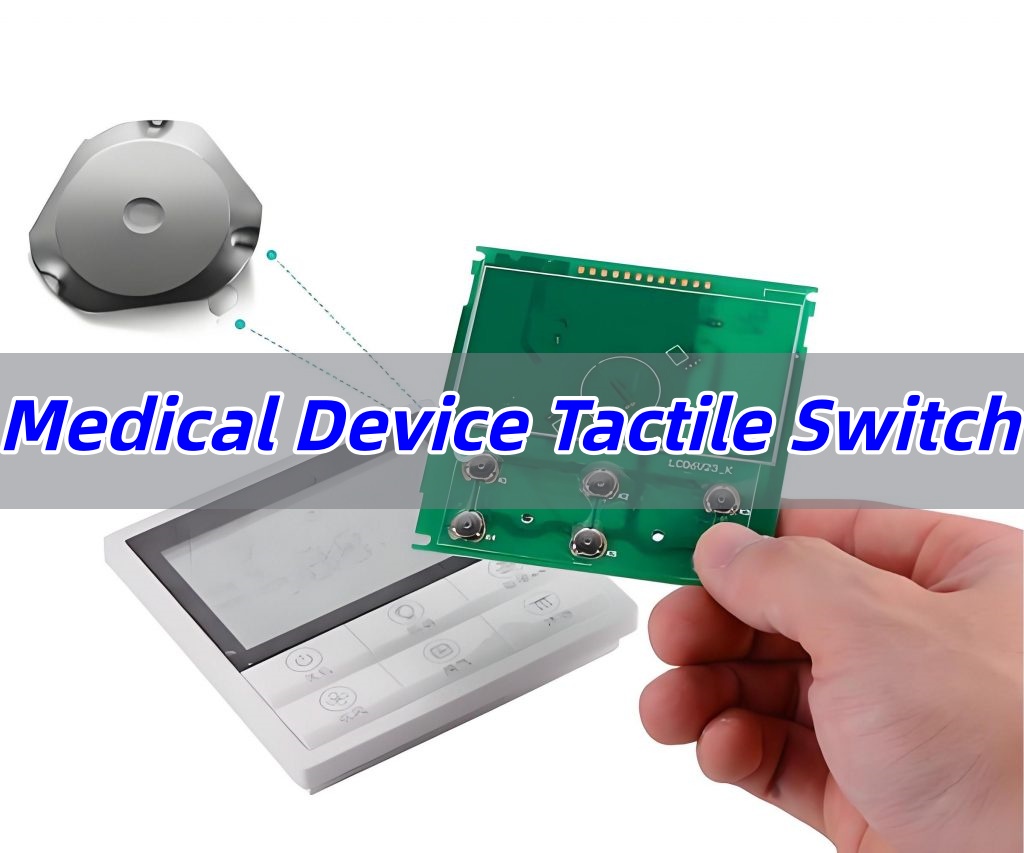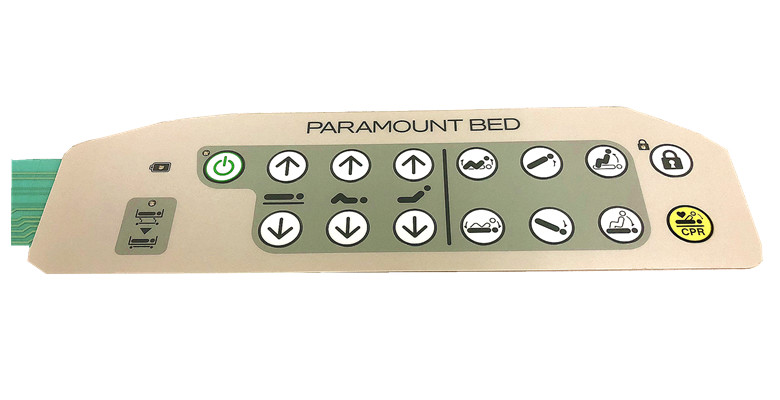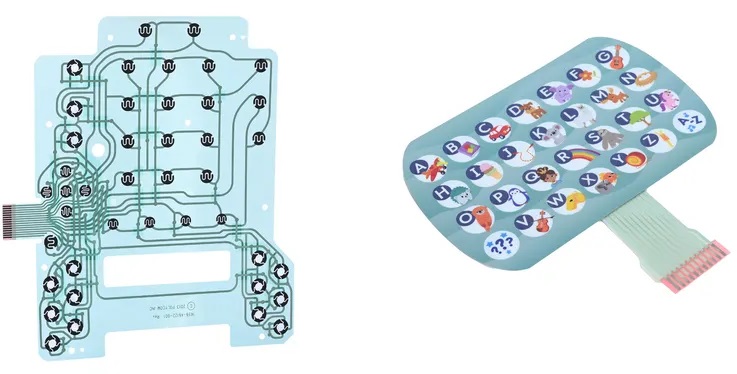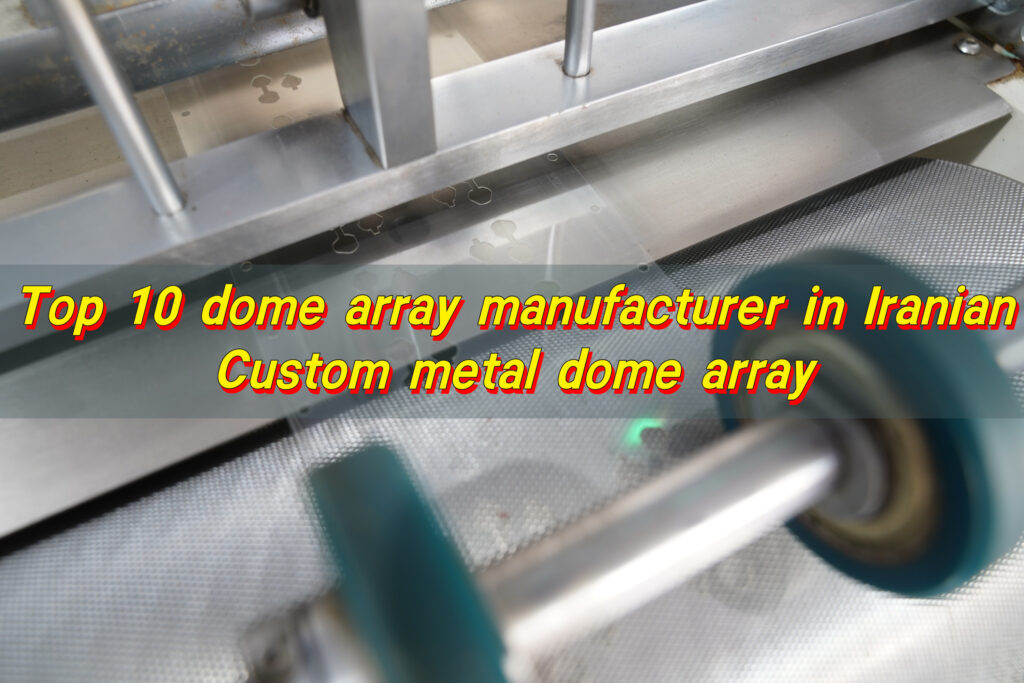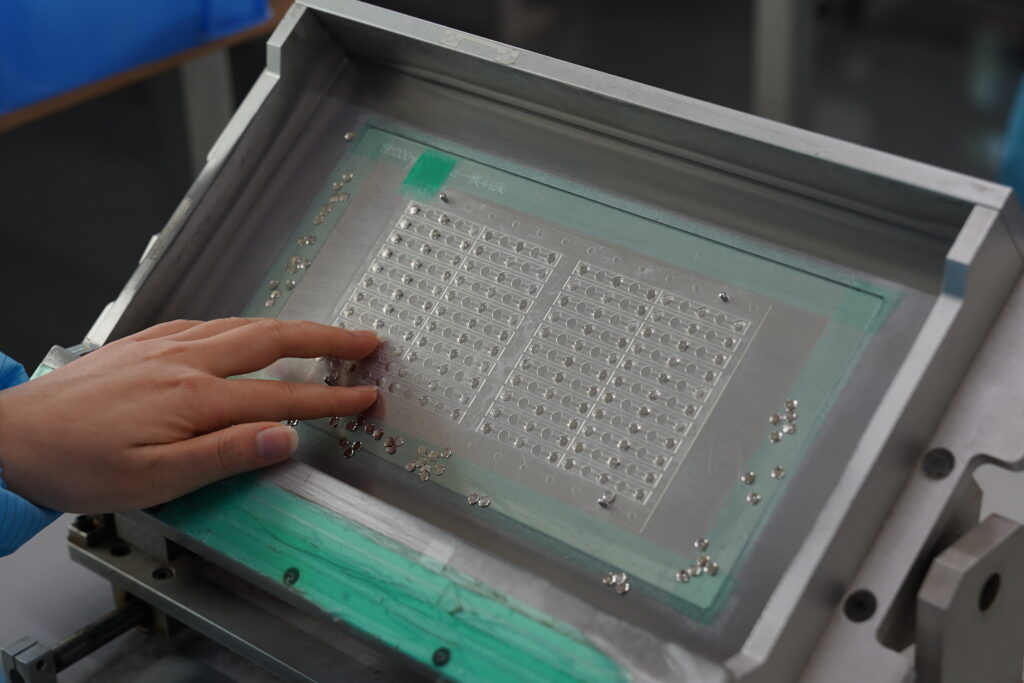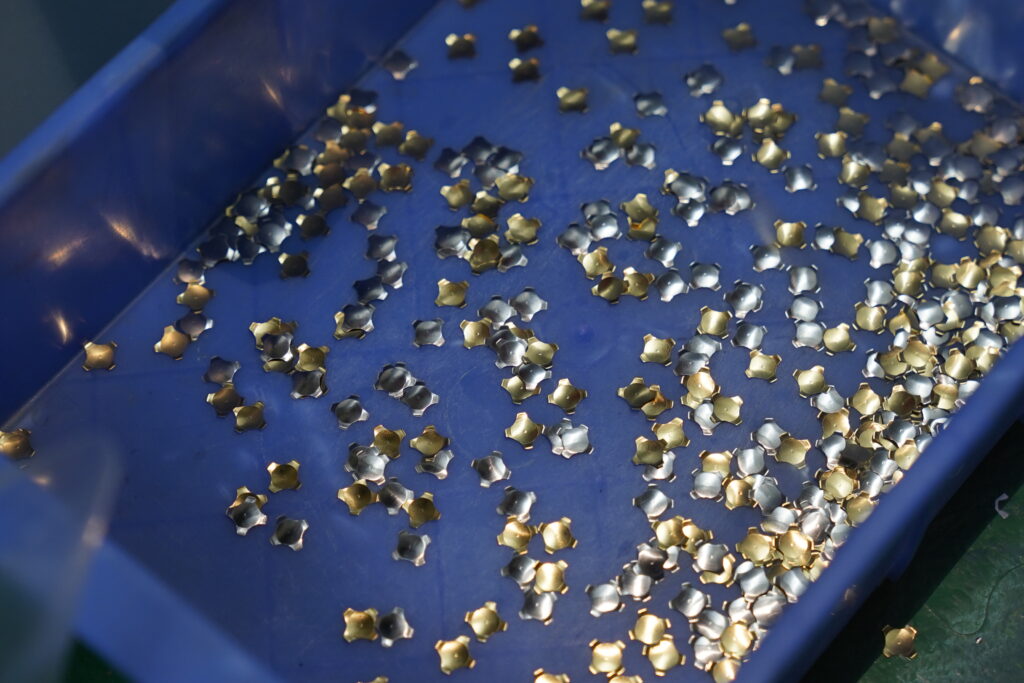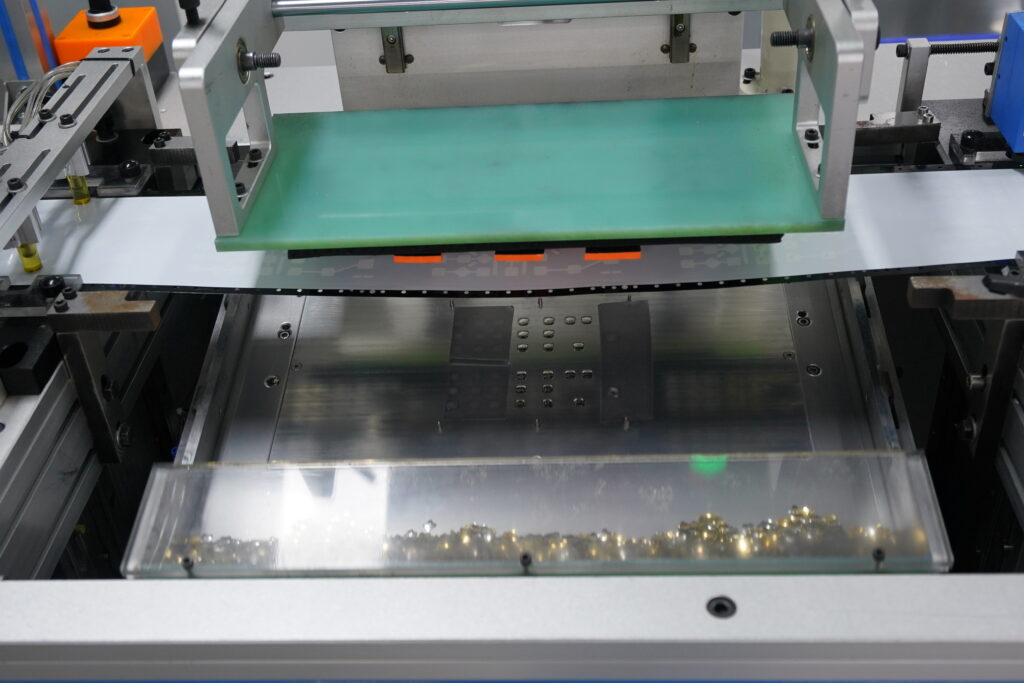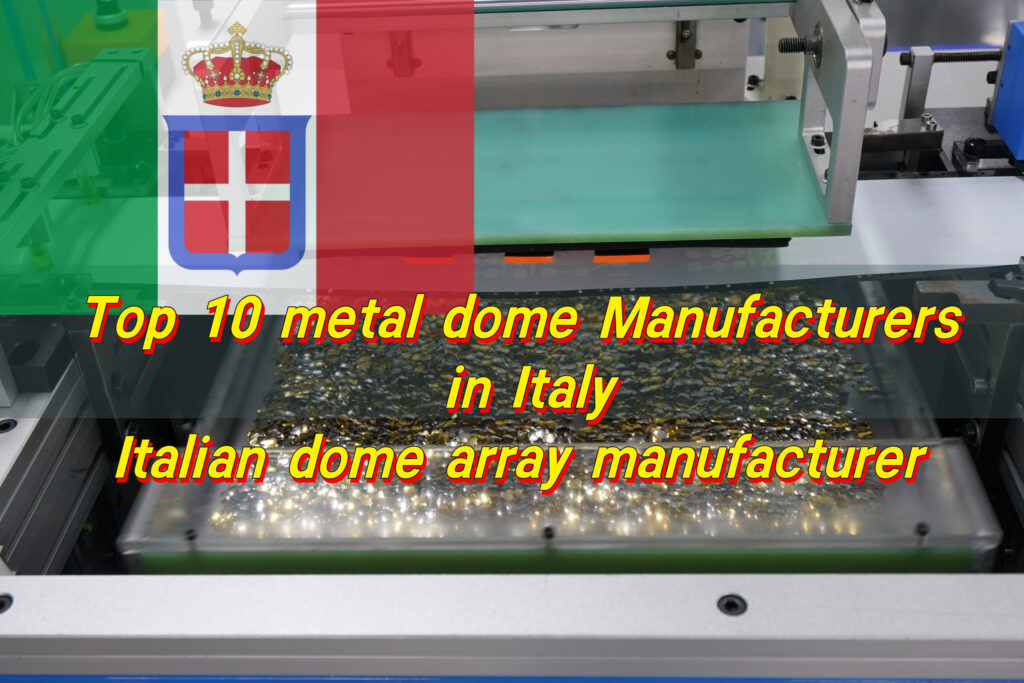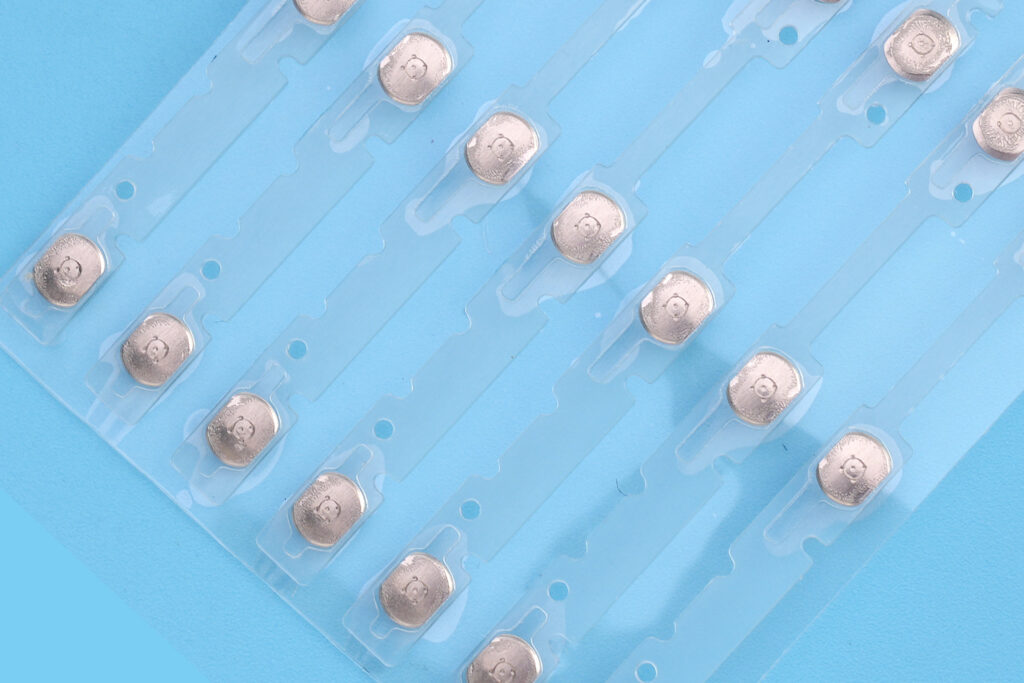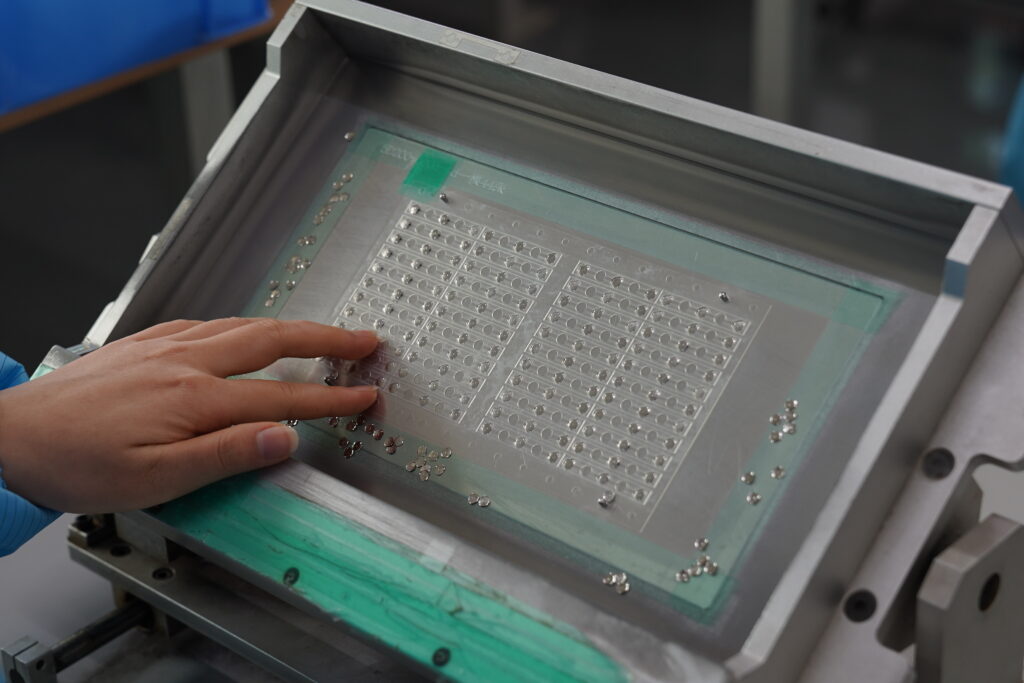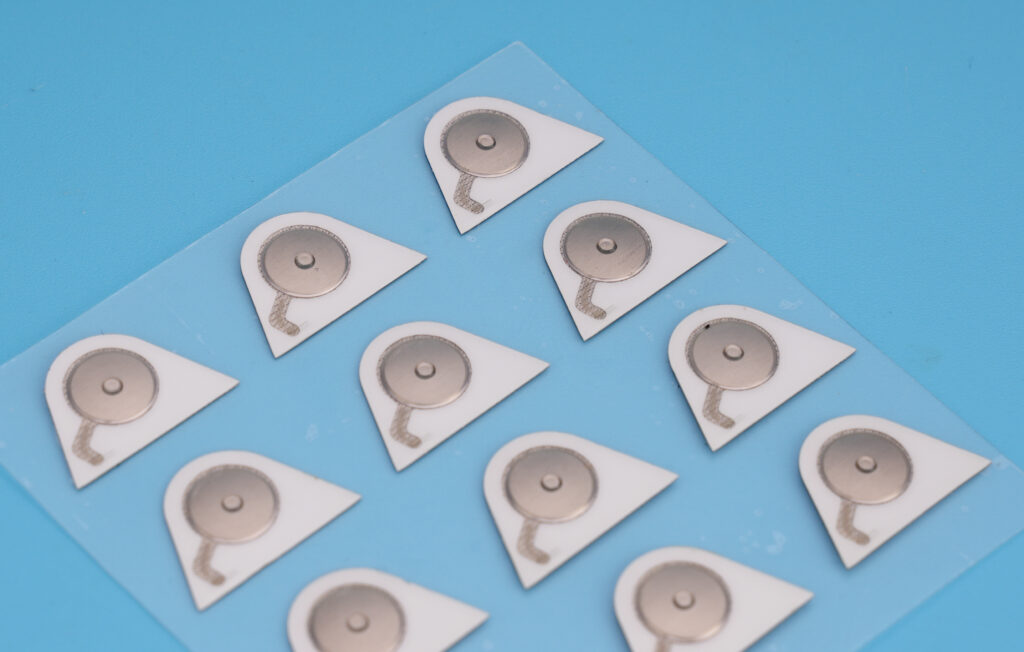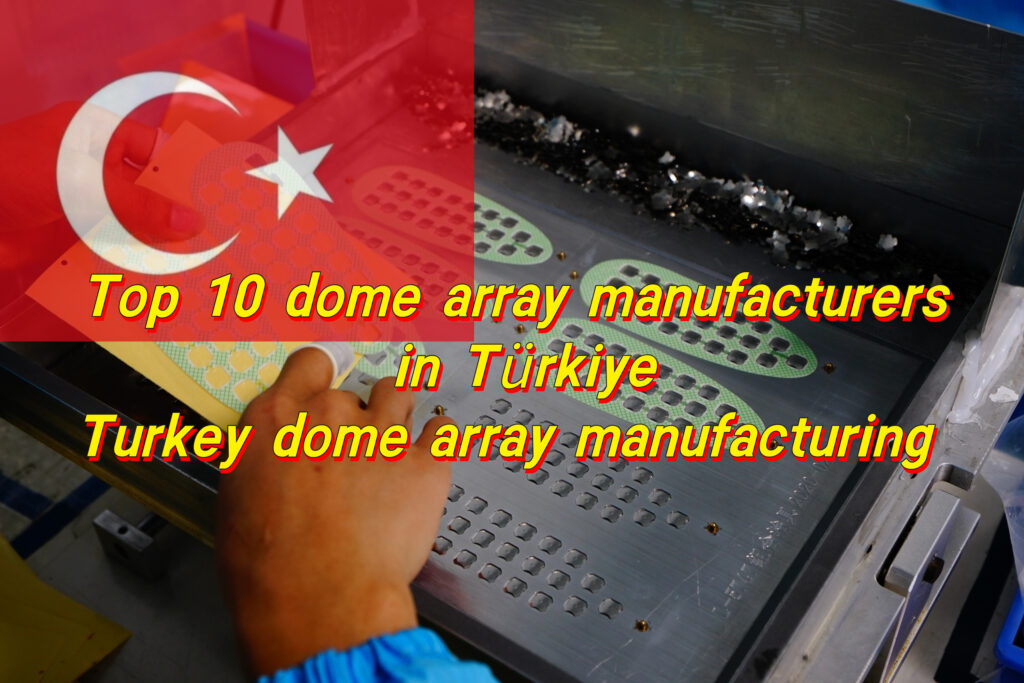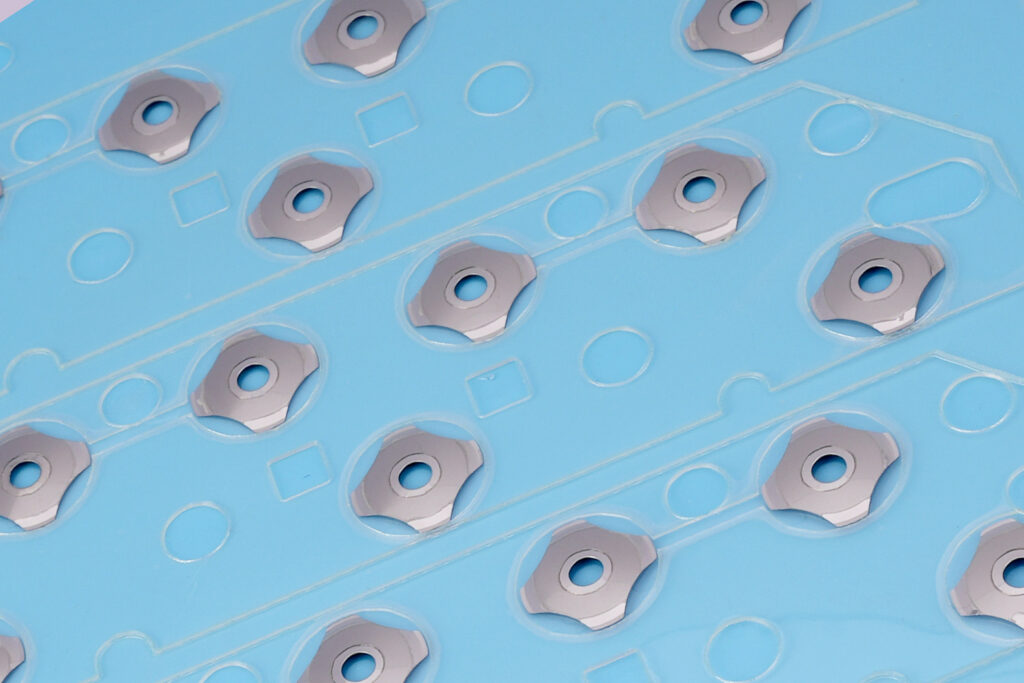Choosing the right partner is crucial when looking for the best dome array manufacturer in Canada. From custom tactile solutions to high-precision dome arrays, selecting a supplier that ensures consistency, durability, and fast delivery can significantly improve your product performance. If you’re searching for a dependable Canada best dome array manufacturer, BEST Technology offers factory-based pricing, strong engineering support, and stable quality trusted worldwide.
Are you facing the following problems?
- Slow prototyping cycles that fail to meet project iteration needs
- Inconsistent dome feel, leading to customer complaints and returns
- Large metal dome alignment deviations affecting the lifespan of the entire device’s buttons
- Lack of engineering support from suppliers, making design communication difficult
- High prices for small batches, and difficulty ensuring stable delivery for large quantities
- Repeated changes in delivery dates, preventing the device from being launched on time
BEST Technology’s Solution
As a professional dome array manufacturer, BEST Technology ensures results, speed, and reliability at every stage through a comprehensive end-to-end process:
- Requirements Assessment: Senior engineers are deeply involved in the design to optimize tactile feel, click force, and rebound consistency.
- Rapid Prototyping: Our own factory provides rapid production lines, with technical feedback on samples within 48 hours.
- High-Standard Manufacturing: ISO9001:2015 system + precision laser positioning, with an alignment accuracy of ±0.05mm.
- Strict Quality Control: Full inspection process ensures consistent tactile feel and a lifespan of over one million cycles.
- Stable Delivery Time: Self-owned factory + Tape & Reel automated packaging for high-speed supply.
- After-Sales Support: Full process tracking from design to mass production, giving customers peace of mind.
Why Choose Us? (BEST Technology’s Core Advantages)
- 20+ years of experience in metal dome & dome array manufacturing, providing OEM/ODM support to global customers.
- Owned SMT factories (China + Vietnam), offering true factory-based pricing and more competitive prices for the same quality.
- Alignment accuracy of ±0.05mm, industry-leading tactile consistency, and a stable lifespan of over 1,000,000 cycles.
- Tape & Reel automated packaging, increasing placement speed by 4 times and helping customers save 37% in labor costs.
- 2-3 day rapid delivery capability, ensuring quick project implementation for our customers.
- We offer free initial samples and a complete technical specifications package to reduce evaluation costs and ensure peace of mind during procurement.
List of Canadian dome array manufacturers
Top 10 dome array manufacturers in Canada
| Company Name | Process Capabilities | Advantages |
|---|---|---|
| BEST Technology (Headquarters China, Serving Canada) | Metal dome / dome array, Tape & Reel automation, OEM/ODM | ±0.05mm high precision, 7-day delivery, factory direct price, free first sample |
| Epec Engineered Technologies | Membrane switches, electronic components, custom switches | Comprehensive North American engineering services, suitable for local project coordination [6](@ref) |
| GGI Solutions | Membrane switches, HMI components, keypad modules | Rich multi-industry experience, suitable for complete panel projects |
| Sytek Enterprises | Die-cutting, film component processing, keypad lamination | Flexible processing, accepts small batches |
| CPI Solutions | Custom input devices, industrial keypad components | Extensive industrial customer experience, high durability |
| Design 1st | Electronic product design, keypad structure development | Strong design capability, suitable for customers needing collaborative structural development |
| Gemini Group | Engineering plastics, basic keypad component processing | Large scale, stable supply chain |
| APC Integrated | Electronics manufacturing services (EMS), component assembly | Suitable for general keypad assembly needs |
| SCL Control Systems | HMI components, mechanical keypad assembly | Extensive experience in industrial/commercial equipment |
| Massiv Automated Systems | Automated assembly, custom input modules | Strong automation capability, suitable for mass production coordination |
How to Choose a Canada Dome Array Manufacturer?
When evaluating Canada dome array manufacturers, BEST Technology excels in every aspect, including alignment accuracy, tactile consistency, automation capabilities, and engineering support:
- High-precision manufacturing capabilities: Utilizing laser positioning and precision molds, alignment accuracy is consistently maintained at ±0.05mm, ensuring professional-grade product appearance and lifespan.
- Strong tactile consistency: All domes undergo rigorous screening and full inspection processes, controlling click force variations within a minimal range, fully meeting the requirements of high-end electronic products.
- Powerful engineering support: The OEM/ODM team participates throughout the entire process, providing professional guidance on structural design, click force recommendations, and assembly methods.
- Mature automation capabilities: Tape & Reel packaging increases production capacity by 4x, saving customers 37% in labor costs.
- Flexible and stable delivery times: Standard delivery time is only 2-3 days, and can support unexpected project changes, significantly reducing customer supply chain risks.
Therefore, BEST Technology comprehensively covers the core requirements of customers in Canada, making it a more reliable and cost-effective choice.
Core Pain Points of Canada Dome Array Manufacturers
Addressing the common pain points of Canada dome array manufacturers, such as inconsistent tactile feel, large alignment deviations, and uncontrollable delivery times, BEST Technology provides a solution through systematic management of the entire process:
- Solving inconsistent tactile feel: Through strict dome material selection, automated testing, and precision mold technology, we ensure that the rebound and click force of each dome are highly consistent.
- Solving alignment deviation problems: Using laser alignment equipment and automatic attachment processes, the alignment control of the dome array reaches industry-leading precision.
- Solving slow prototyping: Our own factory + rapid engineering review ensures that samples usually receive technical feedback within 48 hours and enter the prototyping stage.
- Solving low labor efficiency: Using Tape & Reel automated packaging significantly increases assembly speed and shortens customer production cycles.
- Solving poor communication: Engineers track projects one-on-one, ensuring that structural compatibility, material selection, and durability design are clear and controllable.
- Solving unstable delivery times: Sufficient raw material inventory and digital production planning ensure stable delivery within 2-3 days.
BEST Technology doesn’t just solve one or two pain points, but comprehensively improves industry problems from materials, processes, packaging, engineering, to delivery.
How does BEST Technology meet high-standard production capacity requirements?
When evaluating whether a Canadian dome array manufacturer possesses strong production capabilities, BEST Technology can meet and exceed expectations in every aspect:
- Complete metal dome stamping system: Proprietary molds + stable stamping lines ensure consistent dome strength, deformation, and click force.
- Mature multi-layer film lamination process: Equipped with professional lamination production lines, enabling high-precision multi-layer PET/PC combinations.
- Precise alignment capabilities: Laser positioning equipment controls alignment deviation to within ±0.05mm, suitable for high-end electronic devices.
- Advanced automation capabilities: High automation rate in Tape & Reel packaging process improves mass production efficiency and consistency.
- High yield rate control: Strict ISO9001:2015 system ensures a stable mass production yield rate of over 98%.
- Multi-material and multi-structure dome customization capabilities: Supports various dome specifications, including round, four-legged, and triangular, and meets different click force requirements.
- Comprehensive engineering team: Provides complete technical consulting services covering design, materials, structure, and lifespan.
These capabilities allow BEST Technology to reliably support large-volume production, high-precision customization, and strict export-grade quality requirements, making it the most trustworthy partner factory in the Canadian market.
How to evaluate the delivery time of a Canadian dome array manufacturer?
When customers choose a Canadian dome array manufacturer, delivery time stability is crucial, and BEST Technology achieves comprehensive acceleration from the supply chain to the manufacturing end:
- Secure raw material inventory: Safety stock is maintained for commonly used dome specifications, adhesives, and film materials to avoid delays due to raw material shortages.
- Automated production accelerates shipments: Tape & Reel packaging significantly improves attachment efficiency, significantly shortening the production cycle.
- Rapid prototyping mechanism: The engineering team provides an assessment within 48 hours of receiving the request, speeding up the entire project process.
- Strict delivery time management process: Real-time monitoring of progress through a digital MES production system ensures orders are completed on time.
- Cross-factory collaboration capabilities: Chinese and Vietnamese factories can dynamically allocate tasks based on capacity, ensuring production lines are not congested.
- Emergency order handling capabilities: An expedited channel can be opened for urgent projects to ensure that customers’ product launch schedules are not affected. Thanks to the above systematic capabilities, BEST Technology can achieve industry-leading 2-3 day delivery standards, truly providing the fast and stable supply required by the Canadian market.
Canada Dome Array Manufacturer Frequently Asked Questions (FAQ)
- Q1: What if the dome feel is inconsistent?
A: You should choose a supplier with high-precision molds and a comprehensive inspection process. BEST Technology’s dome consistency is industry-leading.
- Q2: How to avoid alignment deviations?
A: Using laser positioning and automated assembly can maintain an accuracy of ±0.05mm.
- Q3: What if delivery times are always delayed?
A: Choosing a supplier with its own factory and material stocking capabilities can significantly reduce risks. BEST Technology’s standard delivery time is only 2-3 days.
- Q4: How to reduce manual assembly costs?
A: Using Tape & Reel packaging can increase placement speed and reduce labor costs by 37%.
- Q5: What if prototyping costs are high?
A: Prioritize factories that offer free initial samples, such as BEST Technology.
- Q6: What if the yield rate decreases during mass production?
A: You should choose a manufacturer that is ISO certified and has strict quality control processes.
- Q7: Can technical support be provided quickly?
A: Professional manufacturers can provide feedback within 48 hours of sample arrival, such as BEST Technology.
- Q8: Are there price advantages for large quantities?
A: Suppliers with a factory-direct model usually offer better prices (BEST offers a 12–15% volume discount).
Through this guide, you have learned about the core capabilities and differences of the top 10 dome array manufacturers in Canada. Choosing BEST Technology will give you the best value for money and the most stable quality among the top 10 dome array manufacturers in Canada.



